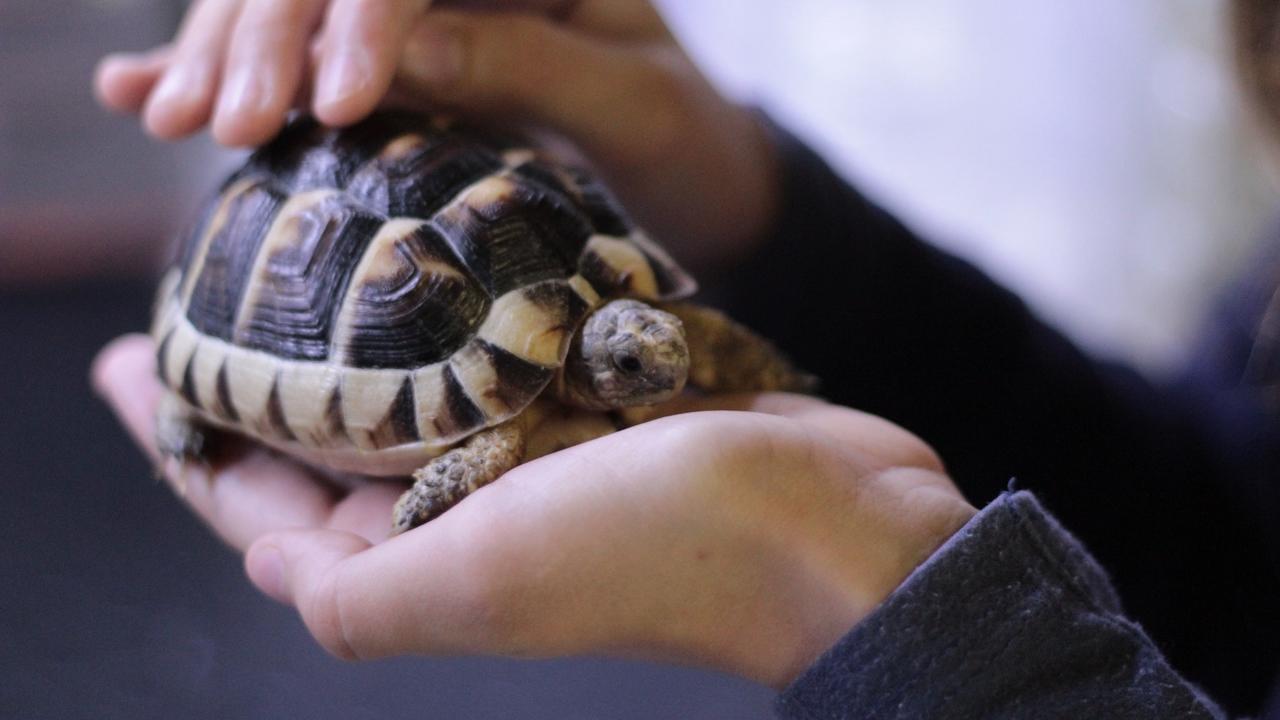Pratyahara - sense immunity for health

Pratyahara, or "sense withdrawal" (in short) is the 5th of the 8 limbs of yoga, but not regularly touched upon in yoga classes. This important study can have a huge effect on physical and mental states and is a tool used regularly in the practice of Ayurveda (a sister science to yoga). This often overlooked limb of yoga is also fundamental to a successful meditation practice... which I needn't tell you is one of life's great healing tools!
So... what exactly is it and would it be useful for me?
Simply, pratyahara is the withdrawing of our senses from negative environmental influences - food, impressions & associations. This covers what we nourish our bodies with (food), what we fuel our thoughts with (impressions) and who we spend our time with (associations).
If we can temporarily and effectively withdraw the senses from negative influences, we can tone and strengthen our senses to longer term immunity.
In Ayurveda, we believe that pratyahara has different benefits for different constitutions or doshas (your physical and mental state - Vata, Pitta, Kapha or any combination of these) and as such can be tailored to suit your needs.
- Vata types will strongly benefit from this practice. It calms the mind, slows the mental stimulation and reverses the disturbed flow of prana.
- Pitta types are already generally quite good at managing their sensory faculties but can sometimes overwork themselves in this area. As such, pratyahara should be used as a tool to rest and relinquish the control over the senses.
- Kapha types can use pratyahara to tone the senses and use them to engage and fire up prana. This is where a healthy sensory immunity can ensure that we manage our intake of food, impressions and associations in a productive way to boost a typically lethargic constitution.
Ayurveda uses pratyahara (alongside many other practices) to balance our doshas and subsequently reduce the risk of physical and mental disease.
How do I go about practising it?
As with any of the limbs of yoga, there is a lifetime of practice required. Pratyahara has many types, steps and techniques but it should be taught by an experienced teacher just as with asana or pranayama. These types include:
- Control of the Senses - Indriya Pratyahara
- Control of the Prana - Prana Pratyahara
- Control of Action - Karma Pratyahara
- Withdrawal of the Mind - Mano Pratyahara
Homework!
If you're new to this 5th limb of yoga, consider making it a regular part of your daily practice. Take the time to read up on it from various sources (there's plenty on a Google search). But most importantly, seek the advice of your teacher or Ayurvedic practitioner and they can assist you on how to begin a pratyahara practice that'll be most suitable to your needs.
In the meantime try these simple techniques, to give pause and healthy immunity to the senses:
- Sit in padmasana or a gentle cross legged seat and cover your eyes with your four fingers, plugging your ears with your thumbs. Notice the different sensations that your breathing creates when your eyes and ears are closed. Try gently humming or singing. How do these new sensations feel?
- Try temporarily giving up a food that you regularly over indulge in. Notice how you feel each time you are tempted by this food. What emotions bubble up inside? Breathe through these sensations and try to explore what may be causing them.
- Take time each day to notice how your thoughts of people around you may contain negativity. Do you make negative judgements about people quickly, even sometimes before you've met this person? Try to replace an initial negative judgement with a positive one and see how this replacement may affect sensations and the way you interact with this person. For example; replace "I've heard about this guy, he's supposed to be hard work to talk to" with "I'm interested to learn more about this guy, I'm sure he's got a lot to share".
- When you spend time with a pet, try to really connect with the animal and enjoy the sensations of being close. Connect through touch, speech and simply sharing space and enjoy the gentle or playful nature they bring. Remember these sensations and the feeling of calm or joy they create, and explore how these sensations can be replicated when spending time with your children, partner or friends.
Please let us know how you get on with your exploration of this often forgotten but super important limb of yoga.
by Elise Hill

